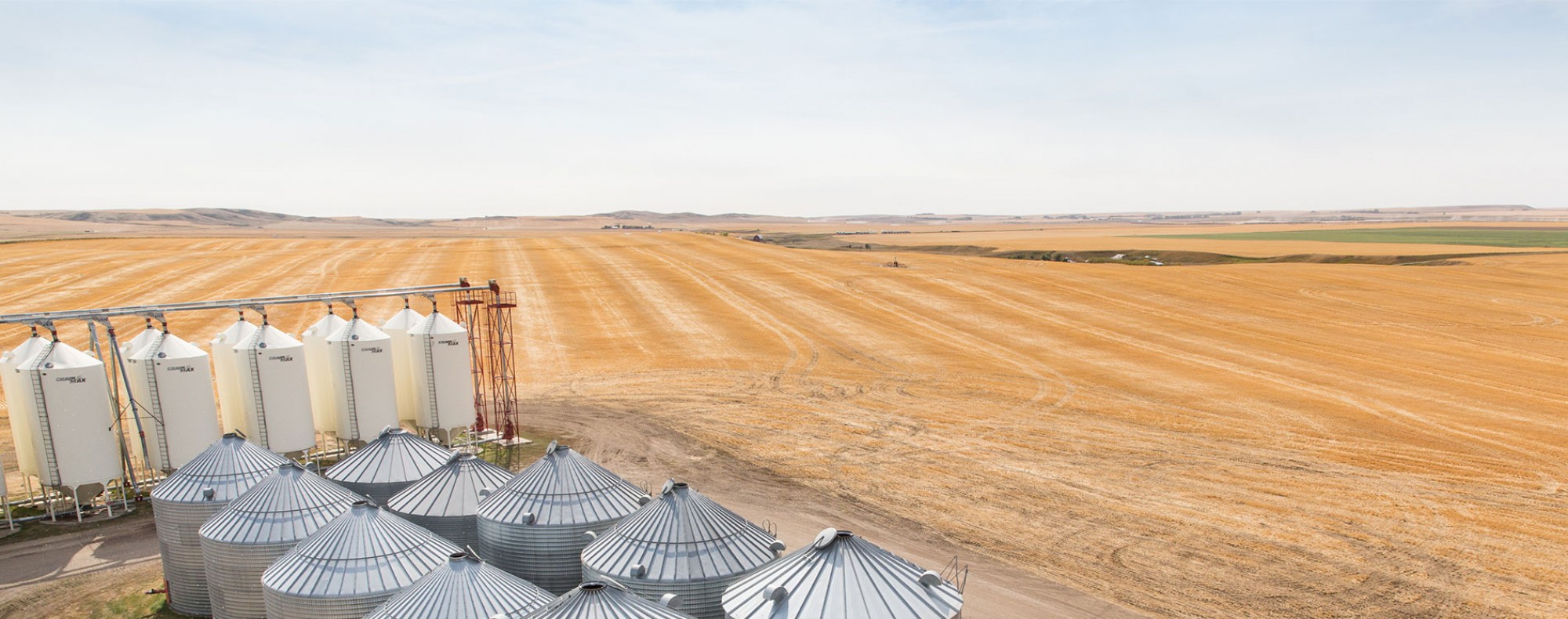Survey of Cereal Cyst and Root Lesion Nematodes in Alberta
Dr Shabeg Briar, Old College
Start Date: March 1, 2020
End Date: March 31, 2021
AWC funding: $29,280
Summary:
This is a one season project to collect baseline population data in key areas of southern Alberta to begin to define the scope and presence of two plant pathogenic nematode (PPN) groups: cereal cyst and cereal root lesion.
Evidence from Montana and neighbouring states indicates that these economically important pests are spreading, suggesting that Alberta farmers may become affected. Wheat is the largest crop by acreage in AB with about 9.6 million tonnes of annual production. Continuous spread of plant pathogenic nematodes (PPNs) especially cereal cyst nematode (CCN) may pose a serious threat to cereal production in AB in the near future. PPNs are efficiently disseminated by different modes of soil movement. Once introduced into a new region it is extremely difficult to restrict their spread. CCNs can reduce yields of wheat and barley by as much as 50%, and total crop failures have been reported in severely infested fields in the US.
Another group of pathogenic nematodes commonly known as root lesion nematodes (RLNs) cause reduction in lateral root growth, along with the formation of extensive dark necrotic lesions, thereby predisposing the root system to fungal root pathogens. RLNs population levels have been found to correlate with wheat grain yield reduction. RLNs are reported in
Manitoba and in some crops in AB, however information on the extent of their spread and population levels is lacking. This project will assess CCN and understand population levels of RLN in AB.
